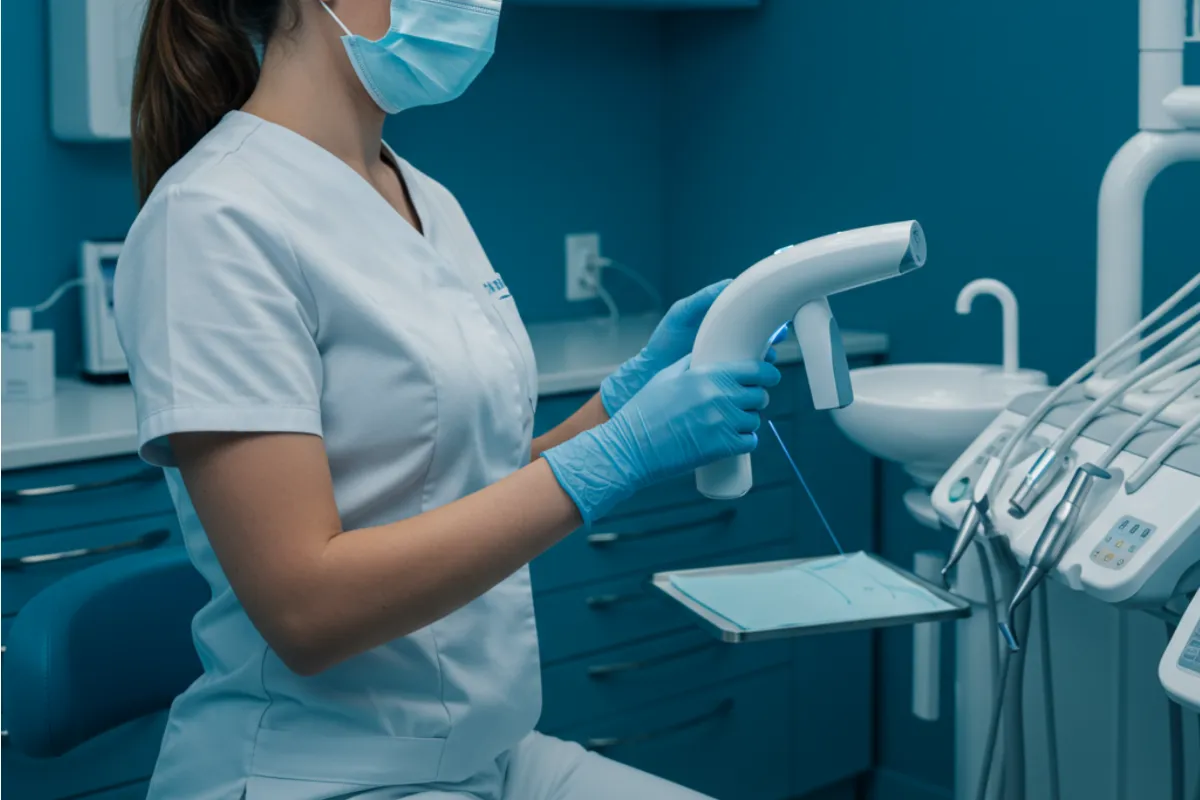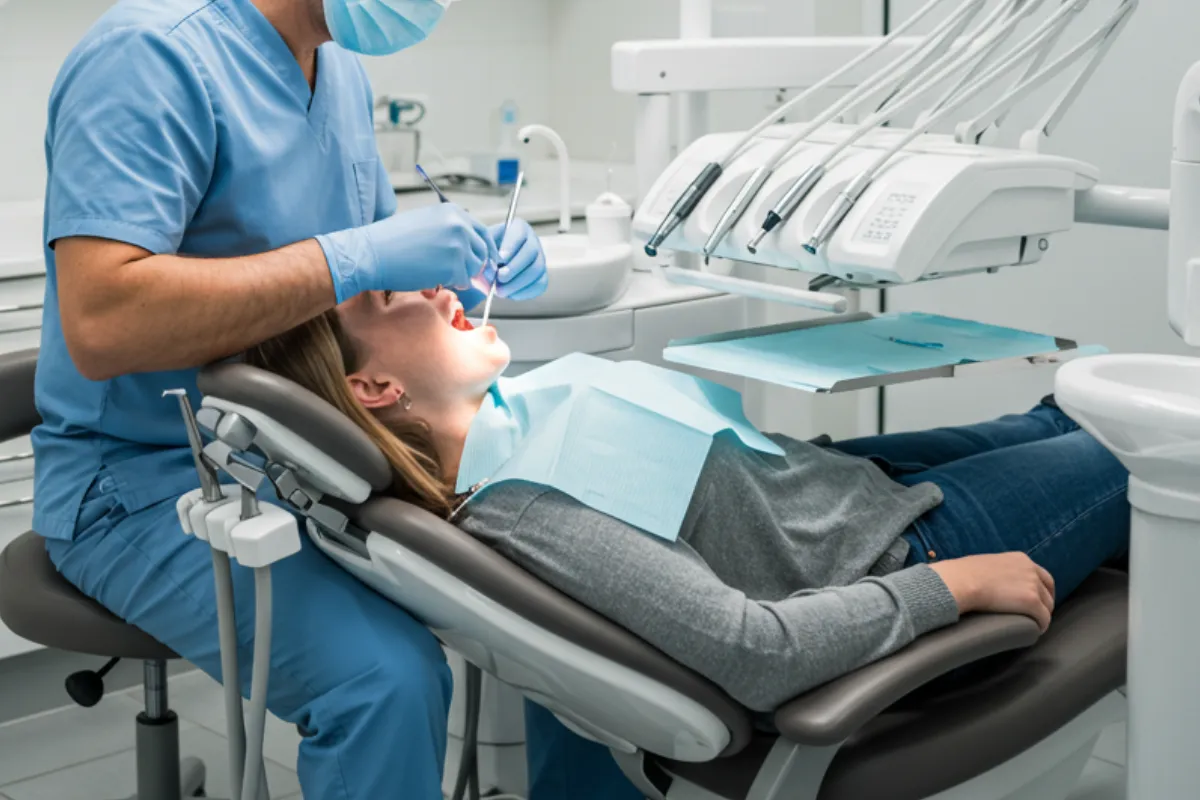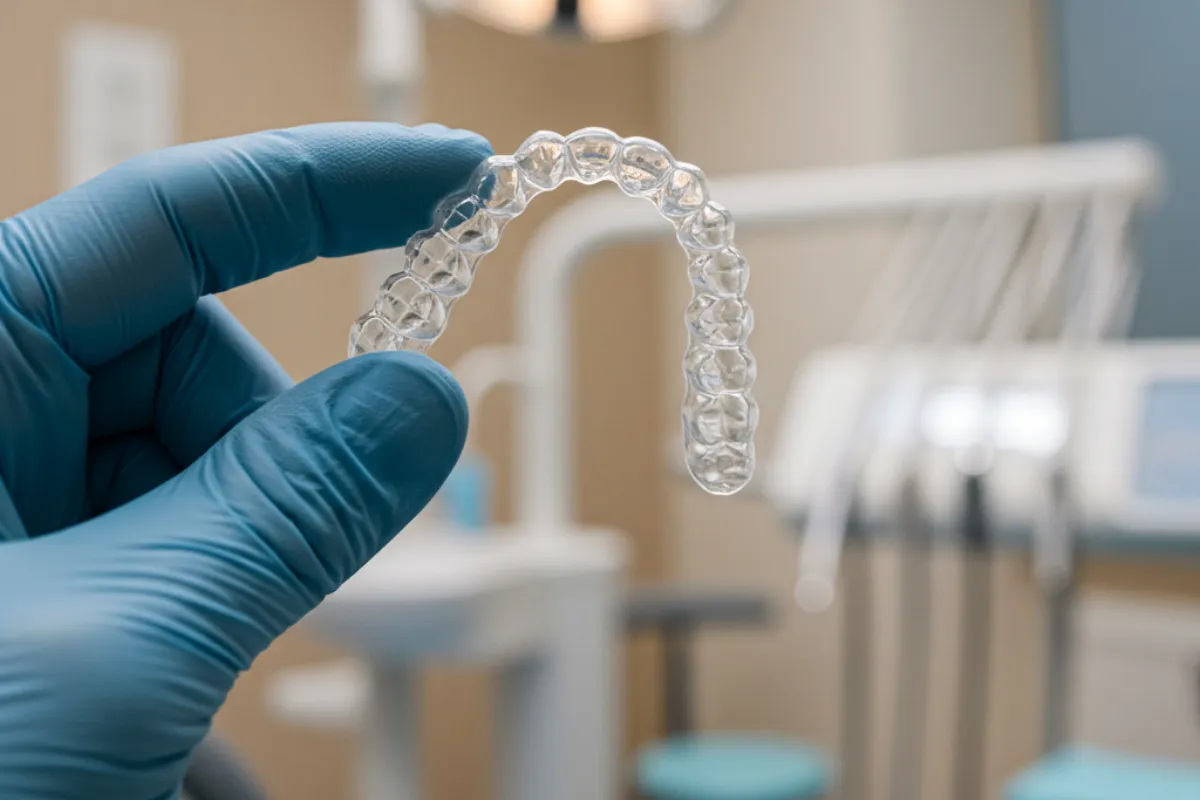How Technology Is Transforming Dental Care in North Vancouver

The New Era of Dental Care: How Technology is Shaping Smiles
Dentistry is no longer defined by the discomfort and anxiety that many once associated with a visit to the dentist. Thanks to a surge in technological innovation, dental care has entered a new era—one where efficient, effective, and comfortable treatments are the norm. The integration of advanced tools and techniques has not only enhanced the accuracy of diagnosis and the quality of treatments, but also transformed the patient experience from start to finish.
Today, technologies like digital X-rays, 3D imaging, laser dentistry, and intraoral scanners have replaced many of the outdated, invasive procedures of the past. These advancements allow dental professionals to detect issues earlier, plan treatments with greater precision, and perform interventions with minimal discomfort. For patients, this means less time in the chair, quicker recoveries, and a significantly reduced fear of dental visits.
This technological evolution has raised the standard for dental care. It’s not just about fixing teeth anymore—it’s about providing a holistic, patient-centered experience that prioritizes comfort, safety, and long-term oral health. Whether you’re seeking restorative dentistry, oral surgery, pediatric care, or cosmetic improvements like teeth whitening, today’s dental technology ensures that your smile is in the best hands possible.
From Past to Present: The Evolution of Dentistry
Looking back, dental care was once synonymous with anxiety. Early dental treatments were characterized by rudimentary tools, invasive procedures, and a lack of precise imaging—making both diagnosis and treatment less accurate and more uncomfortable. Many patients dreaded dental visits, associating them with pain and long recovery periods.
However, the evolution of dentistry tells a story of remarkable progress. The last few decades have brought an influx of digital tools, such as computer-aided design (CAD), digital X-rays, and artificial intelligence (AI) diagnostics. These technologies have revolutionized both the detection and treatment of dental issues, making procedures safer, faster, and far more efficient.
Modern dental practices now routinely use 3D imaging to gain comprehensive views of the mouth, allowing for more accurate assessments and targeted interventions. Laser treatments have replaced scalpels and drills in many procedures, significantly reducing pain and healing times. The result is a dramatic reduction in patient anxiety, as care becomes less invasive and more predictable.
This transformation underscores how far dentistry has come—from a field focused on reactive treatments to one centered on preventive care, comfort, and cutting-edge solutions. The journey from past to present is a testament to the power of innovation in improving both patient experiences and outcomes.
Revolutionary Tools: Exploring Today’s Advanced Dental Technologies
The dental field’s embrace of advanced technology has introduced a suite of revolutionary tools that are reshaping every aspect of oral care. Among the most impactful are laser dentistry, digital X-rays, Cone Beam Computed Tomography (CBCT), and intraoral scanners. Together, these innovations have elevated the standards for both restorative dentistry and preventive care.
Laser dentistry, for example, replaces traditional drills and scalpels with gentle, highly targeted beams of light. This enables precise procedures with less bleeding, minimal discomfort, and faster healing—ideal for everything from gum disease treatment to teeth whitening.
Digital X-rays have made traditional film X-rays nearly obsolete. They provide instant, high-resolution images with up to 90% less radiation exposure, enabling dentists to detect cavities, infections, and bone loss earlier and more accurately. Similarly, CBCT machines offer detailed three-dimensional views of teeth, nerves, and jawbone—an invaluable tool for planning dental implants, oral surgery, and complex orthodontic treatments.
Intraoral scanners are revolutionizing the way impressions are taken. By capturing quick, precise 3D images of the mouth, they eliminate the need for messy putty impressions, making the process much more comfortable for patients and facilitating the creation of perfectly fitting crowns, bridges, and aligners.
By integrating these technologies, dental professionals can deliver care that is not only faster and more effective, but also tailored to each patient’s unique needs—ensuring optimal outcomes and a more pleasant experience at every visit.
Laser Dentistry: Precision, Comfort, and Faster Healing
Laser dentistry represents a significant leap forward in the pursuit of comfortable and highly effective dental care. Using focused beams of light, dentists can perform a variety of procedures with remarkable precision—often eliminating the need for traditional drills, scalpels, or even anesthesia.
One of the most notable applications of laser technology is in treating cavities. Lasers can precisely remove decayed tissue without the vibrations, noise, and discomfort associated with dental drills. In many cases, this means no need for anesthesia and a much gentler experience, especially beneficial for children or patients with dental anxiety.
Gum disease treatment has also been transformed by lasers. Procedures that once involved cutting and suturing now require only minimal contact, resulting in less bleeding, reduced swelling, and faster healing. Lasers can also be used for cosmetic treatments like teeth whitening, where they activate whitening agents for faster, more dramatic results.
Oral surgeries, such as frenectomies or lesion removal, are now performed with greater control and comfort, minimizing damage to surrounding tissues. This not only speeds up recovery but also lowers the risk of complications.
The advantages of laser dentistry—precision, reduced discomfort, minimal bleeding, and quicker healing—make it a powerful option for patients of all ages, especially those who may otherwise be hesitant about seeking care.
Digital Imaging: Safer, Smarter Diagnosis and Treatment Planning
Digital imaging has revolutionized dental diagnostics and treatment planning, offering a level of clarity and safety that was previously unattainable. Digital X-rays, for instance, have replaced conventional film X-rays, drastically reducing radiation exposure—by up to 90%—while delivering instant, high-resolution images. This immediacy enables dentists to quickly identify issues such as cavities, infections, and bone loss, ensuring that treatment can begin without delay.
Cone Beam Computed Tomography (CBCT) takes imaging a step further, providing three-dimensional views of teeth, jawbone, nerves, and surrounding structures. This comprehensive perspective is invaluable for procedures like dental implants, root canal therapy, and complex extractions, allowing for precise assessment and careful planning. For orthodontic treatment, CBCT imaging aids in evaluating jaw alignment and tracking progress with exceptional accuracy.
Beyond their diagnostic advantages, digital X-rays and CBCT scans are also eco-friendly. By eliminating the need for film and chemical processing, they contribute to a more sustainable dental practice. Additionally, the enhanced image quality allows for early detection of even the smallest issues—such as initial-stage cavities or subtle bone changes—enabling minimally invasive interventions that preserve natural tooth structure.
In summary, digital imaging technologies empower both patients and dental professionals with safer, faster, and smarter solutions—leading to improved outcomes and greater peace of mind at every stage of care.
Intraoral Scanners: Comfortable Impressions and Enhanced Patient Experience
Intraoral scanners are transforming the way dentists capture impressions of your teeth and gums. Traditionally, patients had to endure uncomfortable trays filled with putty—a process that was not only messy but also prone to triggering gag reflexes and requiring multiple attempts for accuracy.
With intraoral scanners, this experience is a thing of the past. These handheld devices swiftly capture highly detailed 3D images of the entire mouth, providing an accurate digital model in minutes. This digital approach not only increases comfort but also significantly improves the precision of dental impressions—critical for crafting crowns, bridges, and clear aligners that fit perfectly.
The benefits extend to efficiency as well. Dental teams can immediately review the scans, identify any issues, and share the digital models with dental labs for faster turnaround times. Patients gain a better understanding of their treatment plans, as dentists can display real-time visuals and explain procedures using the 3D images.
For pediatric dentistry, patients with special needs, or anyone with a strong gag reflex, intraoral scanners represent a welcome advancement. They streamline the process from diagnosis to treatment, enhancing both the clinical outcome and the overall patient experience.
Benefits of Advanced Technology for Patients and Dental Teams
The integration of advanced technology into dental practices brings a host of benefits for both patients and dental professionals. One of the most significant advantages is the ability to detect problems early. Digital imaging tools like X-rays and CBCT scans reveal dental issues at their earliest stages—enabling prompt, targeted intervention and preventing more serious complications down the line.
Personalized treatment is another hallmark of modern dental care. With detailed images and digital models, dentists can tailor procedures to each patient’s unique anatomy and needs, ensuring treatments are both effective and minimally invasive. For instance, early cavity detection allows for conservative fillings, while precise bone measurements support successful dental implants and oral surgery.
Patients also experience more comfortable and less intimidating procedures. Laser dentistry reduces the need for anesthesia and sutures, while intraoral scanners make impressions quick and easy. These advances translate to faster recoveries, fewer follow-up visits, and restorations—such as crowns and bridges—that fit better and last longer.
For dental teams, technology enhances efficiency and collaboration. Digital files can be easily shared with specialists, labs, and insurance providers, streamlining workflows and minimizing delays. Clear visual communication helps patients understand their oral health and treatment options, fostering trust and confidence.
Overall, advanced technology elevates the standard of care, making dental visits more positive and productive for everyone involved.
Looking Ahead: The Future of Dental Care with Innovation
As technology continues to advance at a rapid pace, the future of dental care looks brighter than ever. Artificial intelligence and machine learning are poised to further enhance diagnostics, enabling dentists to analyze vast amounts of data for faster, more accurate assessments. This could result in earlier detection of oral health issues, more effective preventive measures, and increasingly personalized treatments.
Teledentistry and remote monitoring are also gaining traction, making dental care more accessible and convenient for patients. These innovations allow dentists to consult with patients, review digital scans, and monitor progress from afar—ideal for follow-up care, orthodontic adjustments, or serving those in remote areas.
Another key trend is the growing emphasis on prevention. With advanced imaging, AI-powered analysis, and personalized risk assessments, dental professionals can help patients maintain optimal oral health and avoid costly or invasive procedures.
Through continuous research and adoption of cutting-edge techniques, dental teams remain committed to delivering the best possible care. As innovation becomes an integral part of every dental visit, patients across all ages and needs can look forward to even safer, more comfortable, and more effective dental experiences—ensuring that healthy, beautiful smiles remain within reach for everyone in North Vancouver and beyond.






